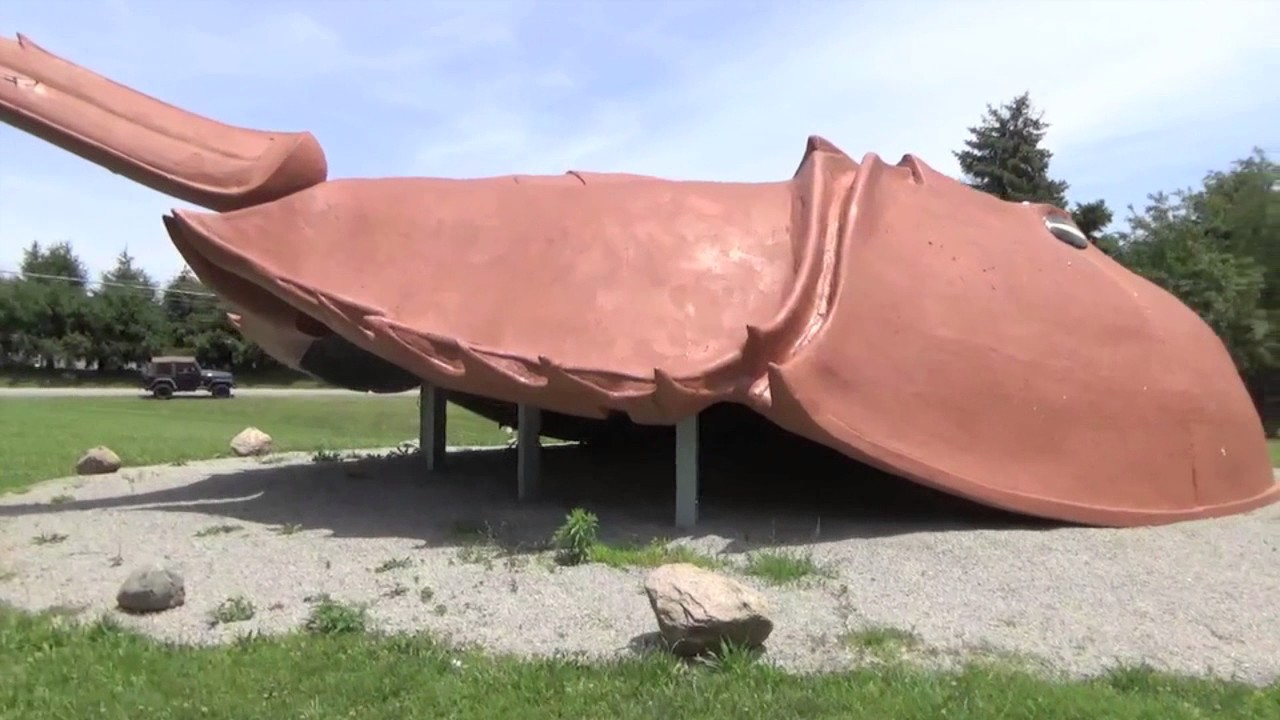1
2
3
27
til - hexagons are the basis of the human visual system and the brain’s navigation system
(www.sciencedirect.com)
5
6
60
TIL Mark Mothersbaugh of DEVO carved the world's largest ruby into the shape of a turd.
(greyartmuseum.nyu.edu)
7
8
30
TIL about Crabbie, the world's largest (fake) horseshoe crab. It has a very weird history.
(www.atlasobscura.com)
9
10
11
12
13



